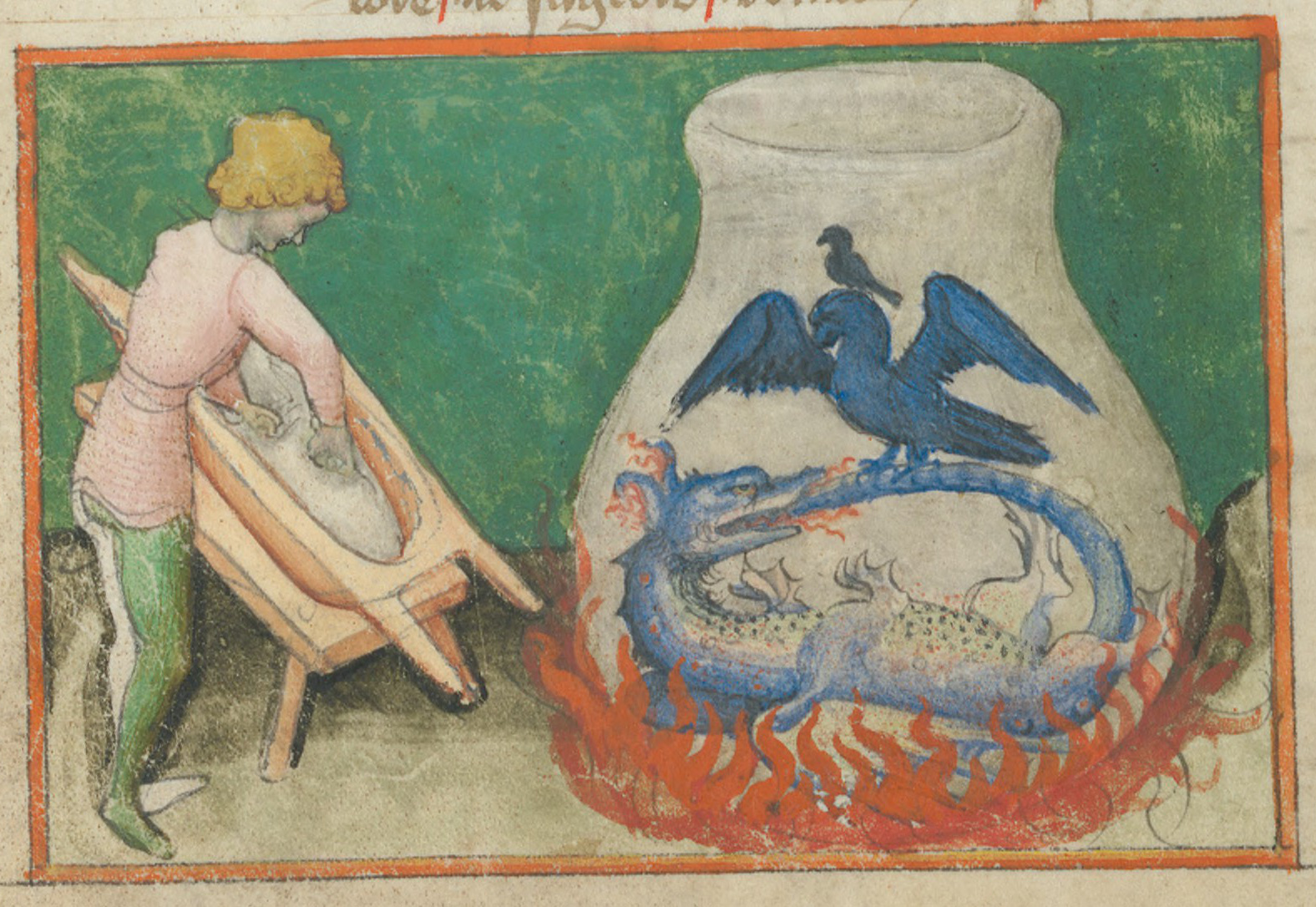
Before there was money,
there was debt.
Schei — the cryptocurrency dedicated to the notion of debt as the base of society*

Invest in Venice
Fully transparent, secured and verified by blockchain technology, Schei ($SDM) is a scalable cryptocurrency underpinned by a charitable and an innovative deflationary mechanism.
Schei ($SDM) is a Venetian cryptocurrency addressing the global impact of over-tourism, real estate speculation and cultural industry with a particular focus on the depopulation crisis in the historic town of Venice. Deriving its name from a Venetian colloquialism for money†, Schei ($SDM) creates real and symbolic capital for its community beyond accumulation and cultural bankruptcy.
Traditional conceptions of debt, the root of society and primary vehicle by which political and cultural power is exercised, are redefined by incorporating local, historic financial inventions and its cultural context consisting of links between religion, payment and the mediation of the sacred and profane realms by money.
Schei ($SDM)— the only currency in existence to support Venetians to gain back their historic town. Join us in reclaiming Venice for its people, its culture and its future. Invest in Venice. Venice is beautiful, let’s make it more beautiful.
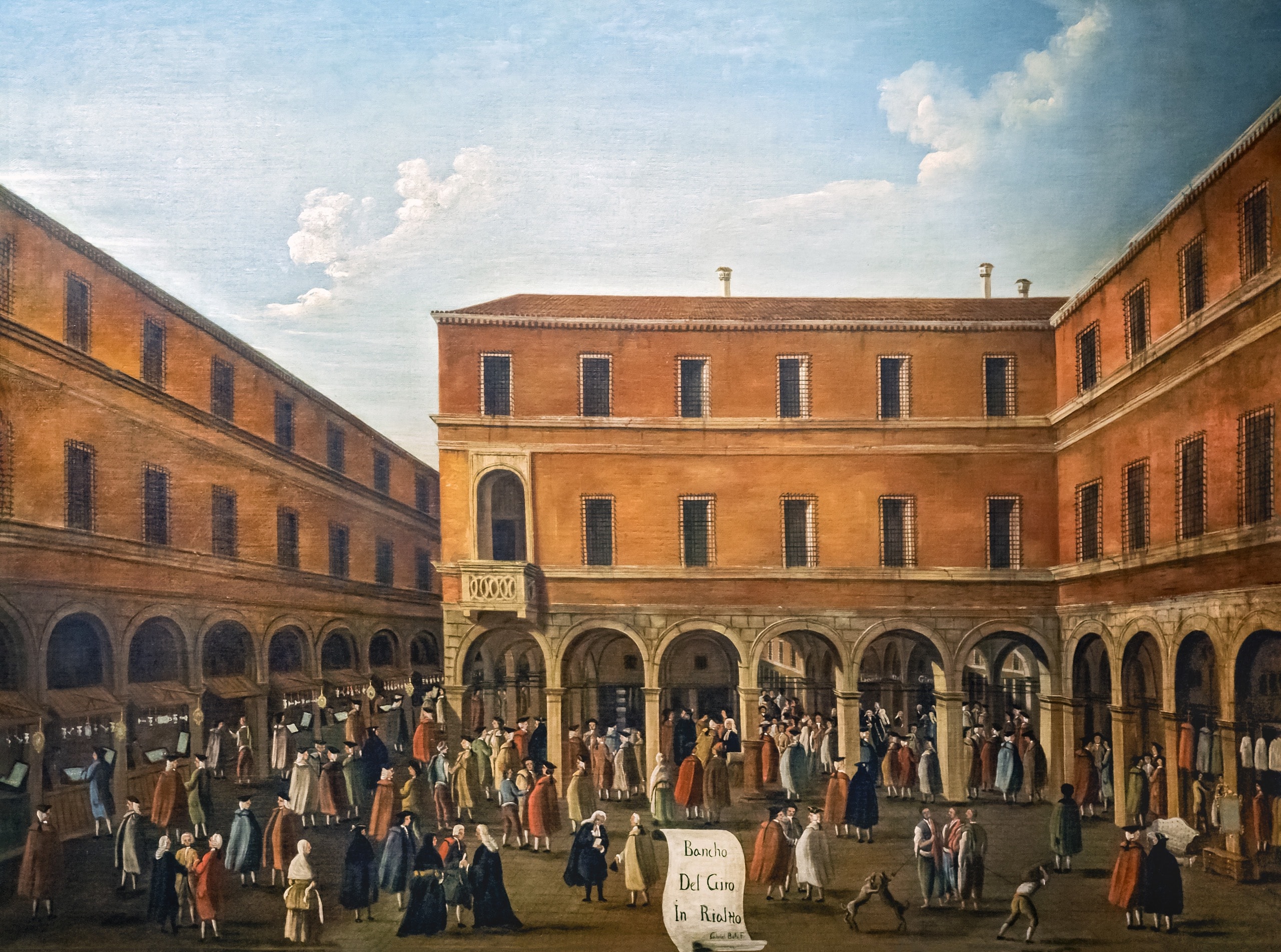
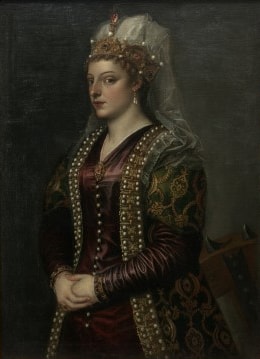
Regina de Schei
The granfluencer, born and raised in Venice, presents herself as the ambassador of Schei among Venetians. Her brand new Tik Tok profile is a blend of stories about daily life in the island, pointing out the economic, social and cultural challenges faced by its residents. @reginadeschei
The doges, liras and speculative meme and shit coins had their days, it’s time for Schei to take reign.
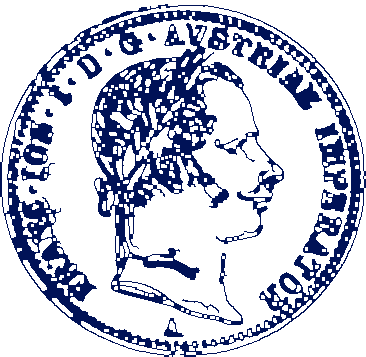

Debit equal credits
Society’s problem is to find some means to maintain the working fiction of a monetary standard.
Schei represents more than just a cryptocurrency. It embodies a vision of cultural wealth that transcends mere accumulation of assets, emphasizing the importance of historical awareness, mutual social debt and responsibility. As it continues to evolve, Schei remains dedicated to challenging conventional notions of wealth and finance while making a meaningful difference.
Schei unlocks community wealth based on historic financial and moral indebtedness. During the time of the Venetian Republic economic inventions in form of traded government bonds (prestiti) and the double-entry accounting system (debit/credit) were introduced among others and are pillars of today’s international financial architecture.
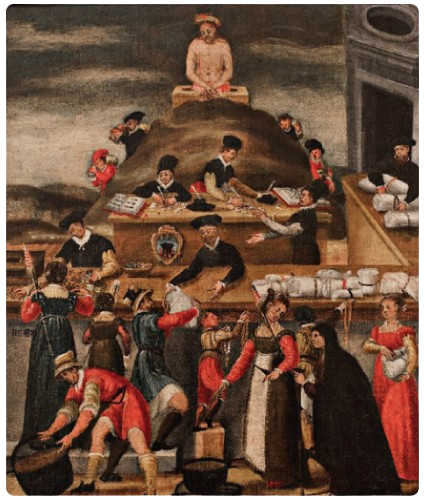
(1)
Trust
Money cannot be created without the creation of debt. Schei is based on trust - as all medium of exchange, store of value and unit of account - by providing its community full transparency. Created and burnt by pure alchemist power, let Schei ($SDM) show you the way.
(2)
Genesis
$SDM was created in Ethereum block 19682181. At its genesis, the whole supply of 4.7 billion tokens were immediately brought into existence.
(3)
Influence
1% of the initial supply, or 47 million tokens, are held by Regina de Schei, and are distributed freely to holders who promote $SDM.
(4)
Trade
$SDM is freely tradable, or can be held long term. ETH raised from sales of $SDM will be reinvested into initiatives to benefit citizens and residents of Venice. By purchasing $SDM, you have full sovereignty over your tokens. They cannot be burned or transferred without your permission.

Tokenism
$SDM is freely tradable and can be bought, sold or used by anybody with an Ethereum-compatible wallet. Schei charges no fees for usage.
(1)
1% Deflation
With every transaction, 1% of the transaction's $SDM value is burned. This means if you send $SDM 100, the receiver will get $SDM 99. This mechanism ensures that the total supply of $SDM will continue to reduce, in theory rendering every $SDM ever more valuable.
(2)
Population Decline
From 25th November 2024 onwards, the Regina de Schei's holdings of $SDM will systematically be burned in direct correlation with the rate of decline of the population of Venice , a symbolic reflection of the city's suffocation from the effects of tourism.
(3)
Renouncement of contract & burning of all remaining supply
On 24 November 2024, ownership of the Schei contract will be irrevocably renounced, with the destruction (burning) of all remaining tokens in the contract. Only tokens in individuals' wallets will continue to exist, and may increase in value due to scarcity.

Buy & Sell
$SDM can be purchased on this website or on Uniswap. Venetians who prove their residency are eligible to receive $SDM 100,000 free of charge. This inclusive approach reflects Schei's commitment to exploring the economics of charity and supporting initiatives in Venice for the benefit of bona fide residents.
Connect your wallet to continue
Footnotes
* In all Indo-European languages, words for 'debt' are synonymous with those for 'sin' or 'guilt', illustrating the links between religion, payment and the mediation of the sacred and profane realms by money. There is a connection between money (German Geld), indemnity or sacrifice (Old English Geild), tax (Gothic Gild) and, of course, guilt.
† 'Schei' (pronunciation: skɛi) is a Venetian term to generally indicate money. At the time of the Lombard-Venetian reign (1815-1866), when Veneto was under the Austrian hegemony of the Habsburgs, there were coins in circulation on which was written in German 'Scheidemünze', whose meaning is that of divisional currency. These coins were of small size, suitable for payments of limited amount: the so-called pennies. Not knowing the German language, the Venetians shortened this long word by pronouncing only the first part, 'schei', and consequently 'scheo' in the singular. The second part of the word 'Scheidemünze' was also Venetianized, changing from German '(-de)münze' to Venetian 'de mona'. The law of the time, in the absence of debit and credit cards, provided that anyone who had less than 5 ‘schei’ in his pocket was arrested for vagrancy. The expression 'aver sinque schei de mona in scarsea' was then common. In fact, to have at least five pennies was the minimum threshold not to be considered a 'bum' and to avoid ending up in jail.
Image Credits
- Gabriele Bella, Il Banco giro di Rialto, 1779 Courtesy Fondazione Querini Stampalia, Venice
- Tiziano Vecellio, Portrait of Caterina Cornaro as Saint Catherine of Alexandria, 1542, Gallerie degli Uffizi, Florence
- Giovanni Battista Bertucci, Il Pignoramento, 1587, Collezioni d’Arte Crédit Agricole Italia, Parma
Gallery:
- Tourists in Venice
- Demonstration on St Mark's Square during the 1968 Biennale. Photo Abisag Tüllmann. Courtesy Foto Scala, Firenze/bpk, Bildagentur fuer Kunst, Kultur und Geschichte, Berlin
- Monte di Pietà at Ca’ Corner della Regina, Venice
- Marco da Montegallo, Tabula de la salute, 1494 by concession of the Ministero della Cultura - Biblioteca Nazionale Centrale di Firenze.
- Paolo Uccello, The sale of the Host (The wonder of the desecrated host) 1467-1468. Public domain, via Wikimedia Commons
- Jacopo de Barbari, Portrait of the Italian physicist and mathematician Fra Luca Pacioli, 1945. Museo e Real Bosco di Capodimonte, Naples, Campania, Italy. Credits Luisa Ricciarini/Bridgeman Images.
- Peter Paul Rubens, (1577–1640) (style of), A Hand Holding an Empty Purse: The Emblem of: ‘No suffering can compare' (with that of the bankrupt spendthrift)
- Depiction of an Ouroboros from the alchemical treatise Aurora consurgens (15th century), Zentralbibliothek Zürich, Switzerland
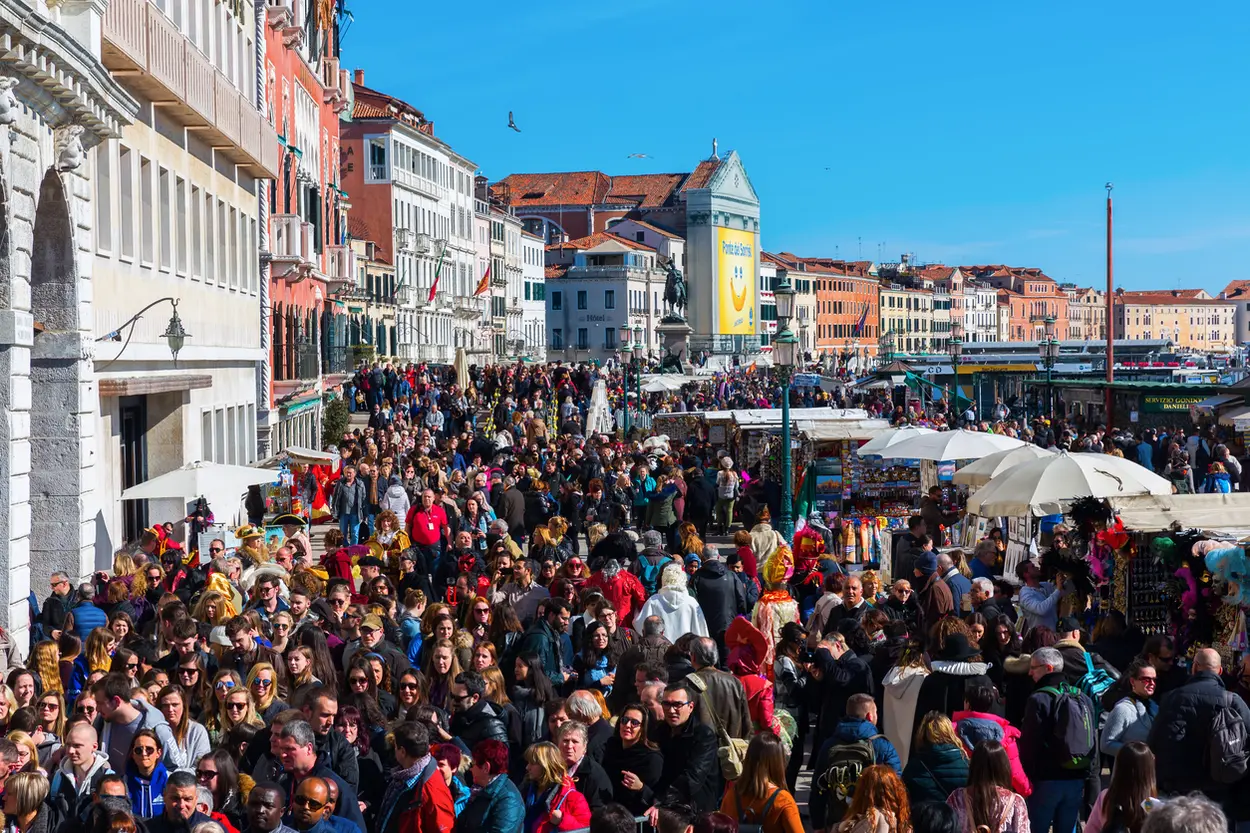
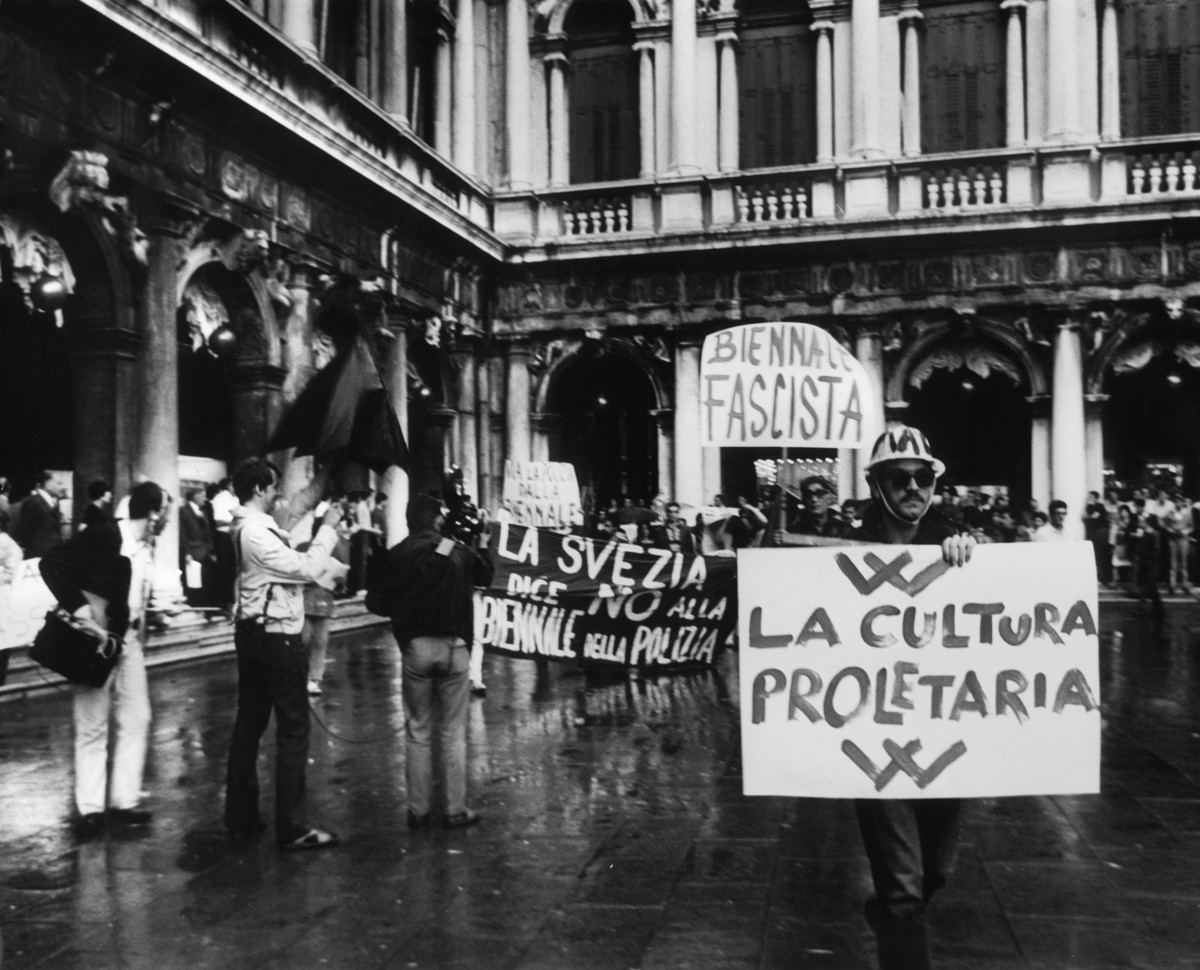

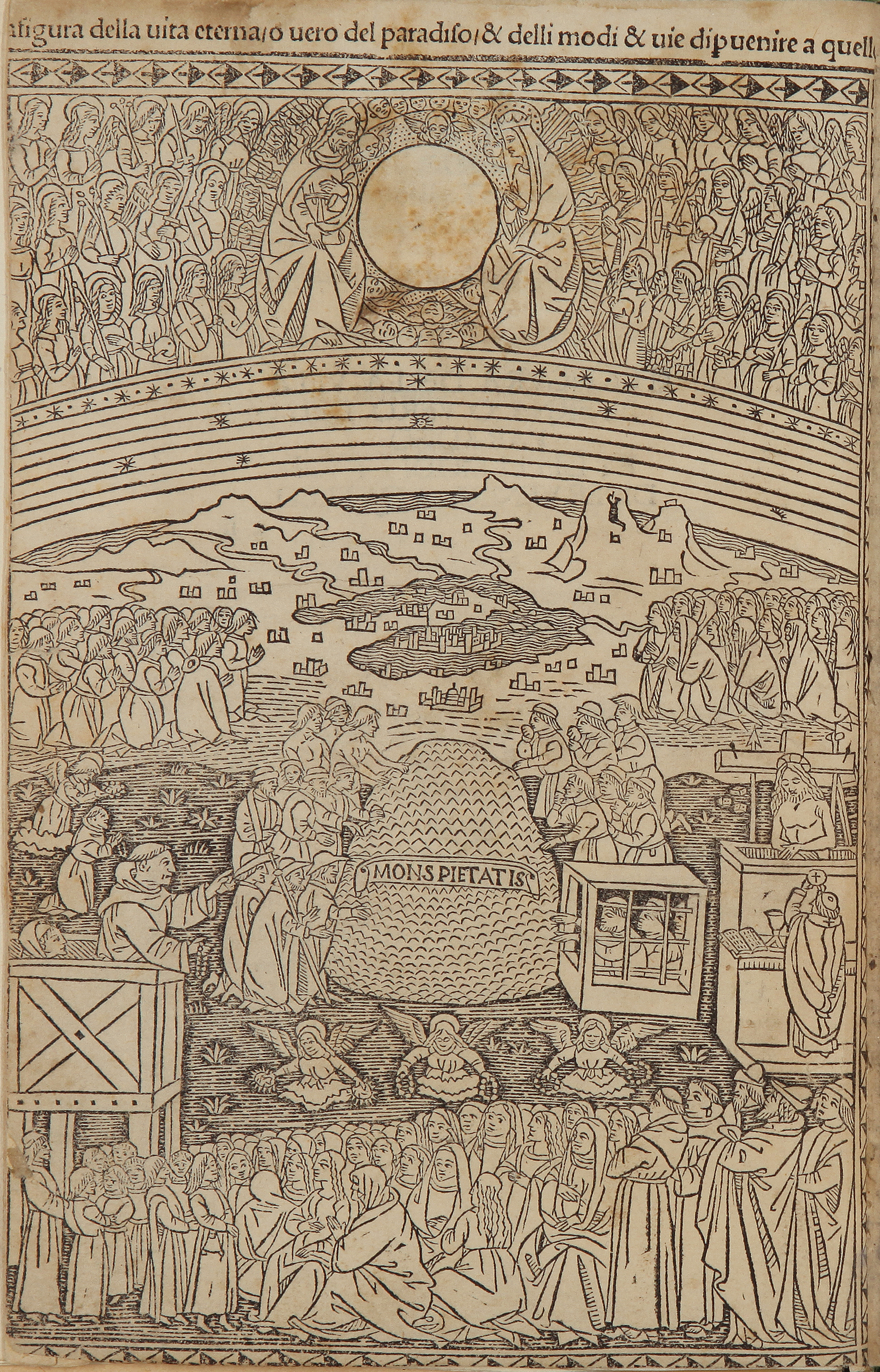
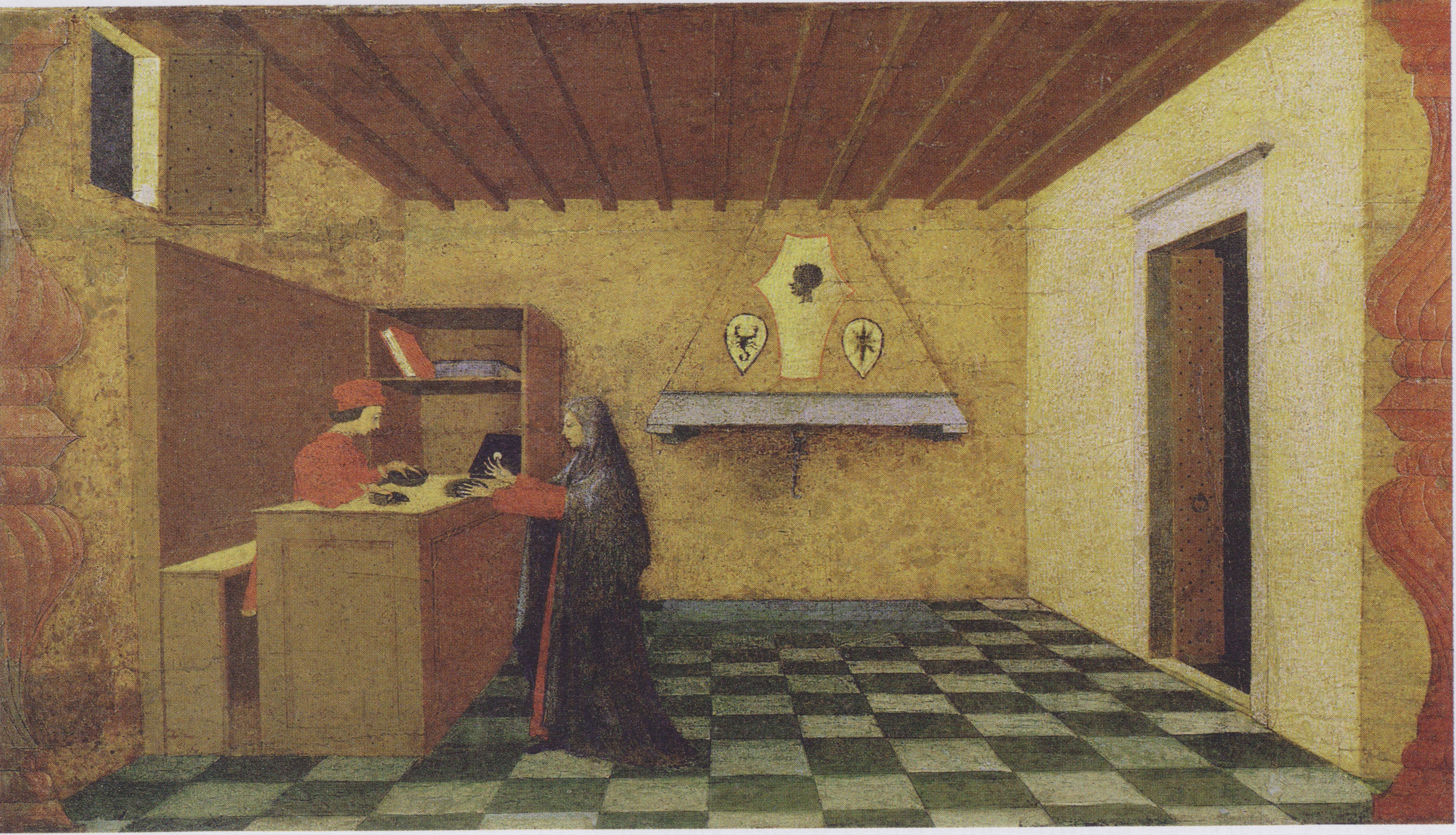
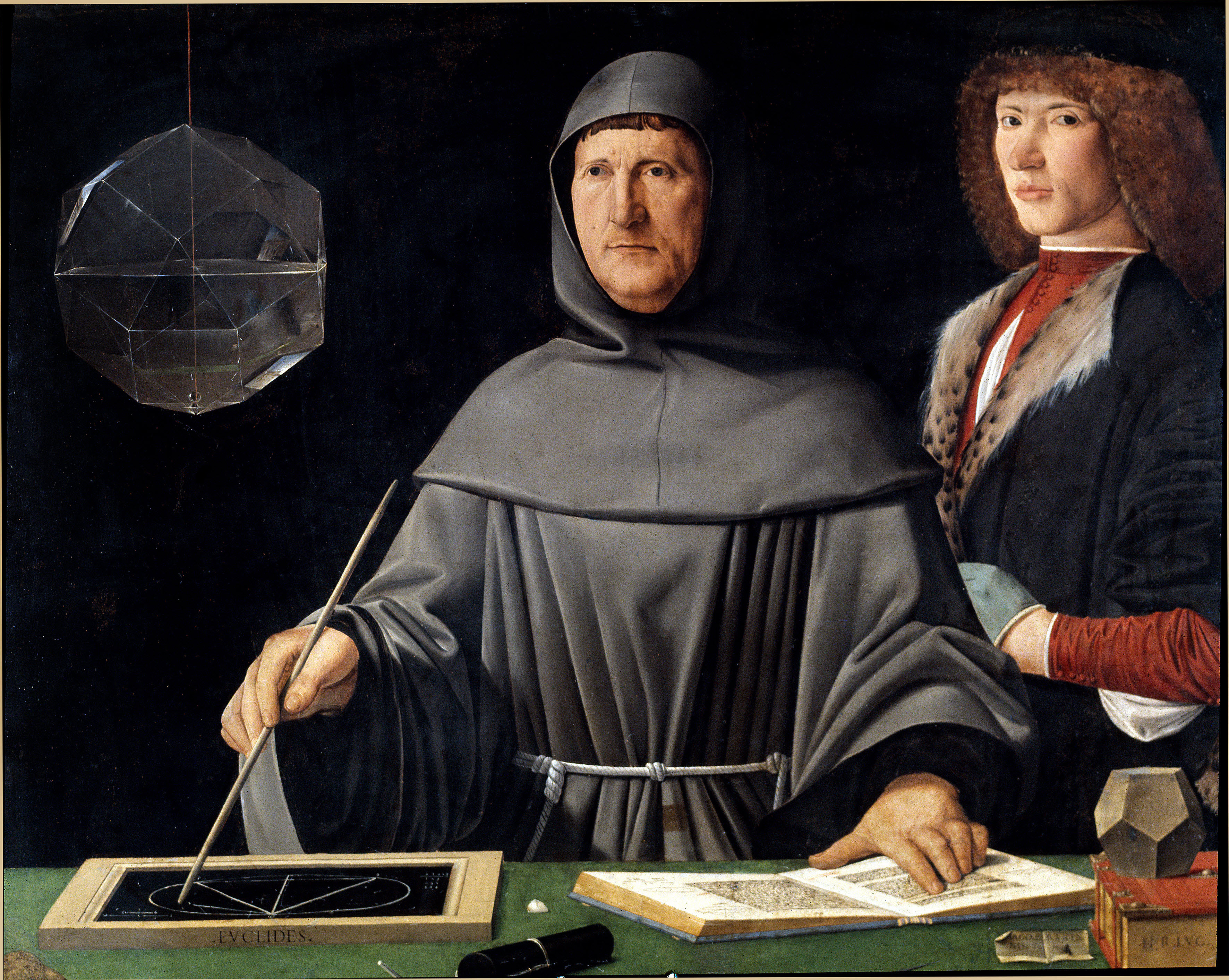
_(style_of).9167b77e.jpg)
